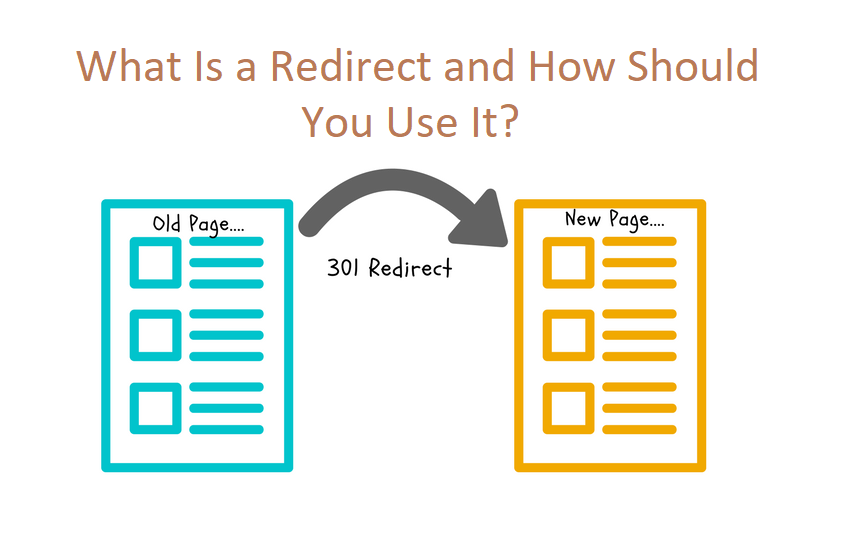When a user enters a URL in the search engine for the purpose of searching something and he is forwarded to another URL then we say that the redirection has been done. The redirects perform the task of redirection. From an SEO’s point of view a very important role is played by these redirects. Now I am going to describe the redirect and the purpose of using it.
Suppose you are selling pillows and the visitor wants the pillows in which feathers are filled. The page’s URL is:
https://pillows.com/feather-options/
But if for some reason the page cannot be displayed then you can take the help of redirection. On the page creating a redirect will help you a lot. You can redirect the visitor to a URL:
https://pillows.com/foam-and-feather-pillows/
It is necessary that the visitor finds all the required information on the page that has been displayed after redirection.
What is the need to use redirects?
In several situations you can use the redirects:
- If there is change in the domain – Redirection is needed if by using a different domain, a new website has been created by you. The inbound links can remain preserved as a result of this.
- If you merge two pages – If a single webpage is created after merging two web pages, then redirection is needed. It will help in the redirection of one of those two URLs on which the visitor will not reach.
- If you delete a page permanently – Suppose your website’s one page has been removed by you then in this case a redirection is needed if you still take interest in the links to that page.
- If your web page is under maintenance – Redirection of a webpage to a different URL is needed if your web page is under maintenance.
What is the effect of redirects on SEO?
Because of the redirection your page loads slowly. So, redirects should be avoided in most of the cases. There will be no longer need to redirect the visitor to a new webpage if you have updated the actual URL. By doing this your ranking will not get negatively affected and visitors will be happy because the page speed will not be slowed down.
How many kinds of redirects are there?
On the basis of functionality and use the redirects can be of different types. Various types of redirects are:
Redirects at the client side – When the redirects are handled by the client or the browser then we can call these as the redirects at the client side. These are different from 302 or 301 redirects. But you are advised not to use these types of redirects as these are the slower ones. The process of using these is lengthier. Redirects at the client side are of two types:
- JavaScript: Because of running of the code, the URL of the window changes.
- Meta refresh: Here the visitor reaches a URL other than the original page when the original page is refreshed.
1. Redirects at the server side – When the server is responsible for redirecting you to a different page then we can say that redirects at the server side have been used. These are basically of two types:
- 302 redirect: At the time of the maintenance of the pages you can use these temporarily.
- 301 redirect: If certain pages are deleted by you then you can use these redirects permanently.
2. Temporary vs permanent redirects – Permanent redirect is used if there is a change in the domain. Temporary redirect is used if a page is gone for maintenance.
If you are running an online business and you want it to grow at a rapid rate then you can take the help of a digital marketing company. It will provide you with various solutions of digital marketing. It will also provide you various services like SEO, PPC etc.
Discover more from TechResider Submit AI Tool
Subscribe to get the latest posts sent to your email.
